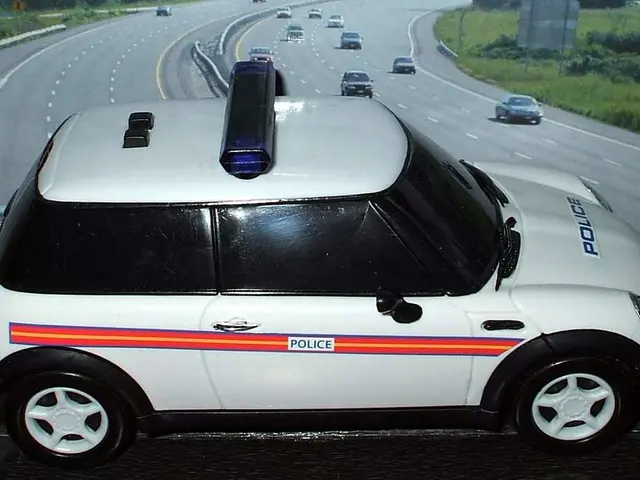Card Specifications Decoded: A Breakdown of SD Card Capabilities
In the world of content creation, having the right tools can make all the difference. One such essential tool is the SD card, a small device that plays a crucial role in capturing and storing high-quality images and videos. To ensure smooth recording and efficient data transfer, it's essential to understand three key factors: UHS class, capacity, and read/write speed.
**UHS Class** UHS (Ultra High Speed) classes indicate the card's minimum sustained write speed, which is critical for recording video smoothly. UHS Speed Class ratings include U1 (minimum write speed of 10 MB/s, good for HD video) and U3 (minimum write speed of 30 MB/s, necessary for 4K video recording). For 4K or high-bitrate 1080p video, choose U3 or higher. U1 may suffice for standard HD video.
**Capacity** Select capacity based on your project size and format. Higher resolutions and longer recordings demand larger capacities (64GB, 128GB, 256GB, or more). Content types like 8K video or professional photo shoots require bigger cards to avoid interruptions.
**Read/Write Speeds** Read speed affects how fast you can transfer data from the card to your computer for editing or backup. Write speed is crucial during recording to prevent dropped frames or corrupted files. Video Speed Class ratings (V6, V10, V30, V60, V90) specify minimum sustained write speeds suited for specific quality levels. For 4K video, opt for V30 cards for stability. For 6K or 8K video, or professional use, choose V60 or V90 cards with large capacities.
To help you make the right choice, here's a guide for various content types:
| Content Type | Recommended UHS Class | Minimum Write Speed | Capacity Range (GB) | Use Case Notes | |-----------------------------------|----------------------|---------------------|--------------------------|------------------------------------------------| | Photography (JPEG/RAW stills) | U1 or U3 | 10-30 MB/s | 32-256+ | Higher capacity for large RAW files | | Full HD video (1080p) | U1 or U3 | 10-30 MB/s | 64-256 | U1 may be sufficient | | 4K video recording | U3 | 30 MB/s (V30) | 128-512 | V30 cards preferred for stability | | 6K or 8K video, professional use | U3 or higher | 60-90 MB/s (V60/V90)| 256+ | High write speed and capacity critical | | Action cams, drones, VR cameras | U3, V30 to V90 | 30-90 MB/s | 64-256+ | Multi-file recording, large capacities needed |
When choosing an SD card, ensure it matches or barely exceeds the read speed of your camera to avoid unnecessary expense. For most creators, a minimum of 64 GB SD card is recommended, but those capturing video should opt for at least 128 GB. For most creators, a minimum of 16 GB SD card is recommended, but those using cameras with more than 20 megapixels or capturing video should opt for at least 64 GB.
In summary, choose an SD card with at least UHS U3 speed and Video Speed Class V30 for 4K or higher video. For photo workflows, capacity and decent write speeds are more important than extreme speeds. For very high-resolution video like 8K, opt for V60 or V90 cards with large capacities. Also, ensure your device supports the chosen card's UHS interface to leverage maximum speed benefits.
Understanding SD card specifications such as UHS class, capacity, and both read and write speed is crucial for selecting the best SD card for content creation. This approach ensures smooth recording without dropped frames, sufficient storage, and efficient data transfer aligned with the specifics of your content creation needs.
- For capturing high-quality 4K or higher videos, it's advisable to opt for SD cards with a minimum UHS Class of U3 and a Video Speed Class of V30, ensuring both smooth recording and efficient data transfer.
- In the realm of photography, while a UHS Class of U1 or U3 is recommended for decent write speeds, focus more on selecting an SD card with adequate capacity to accommodate larger RAW files, if needed.






